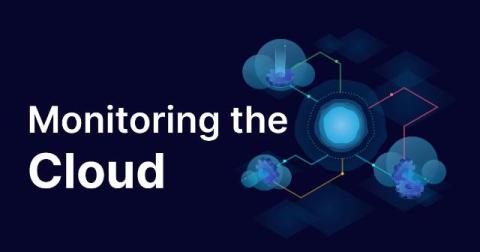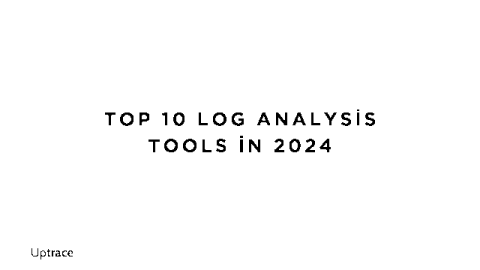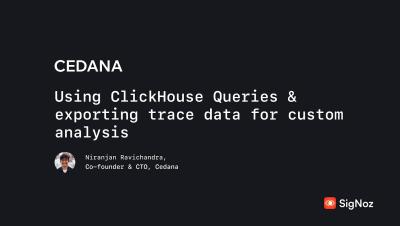Save time and stay ahead with Coralogix Scheduled Reports
As your data continues to grow and time remains critical, making data-driven decisions has never been more important (and let’s face it, that’s no small feat). Luckily, our new Scheduled Reporting feature is here to help—automatically delivering your logs, metrics, and tracing data in visually-rich custom dashboards, exactly when you need them, directly to the inboxes of your chosen recipients.











